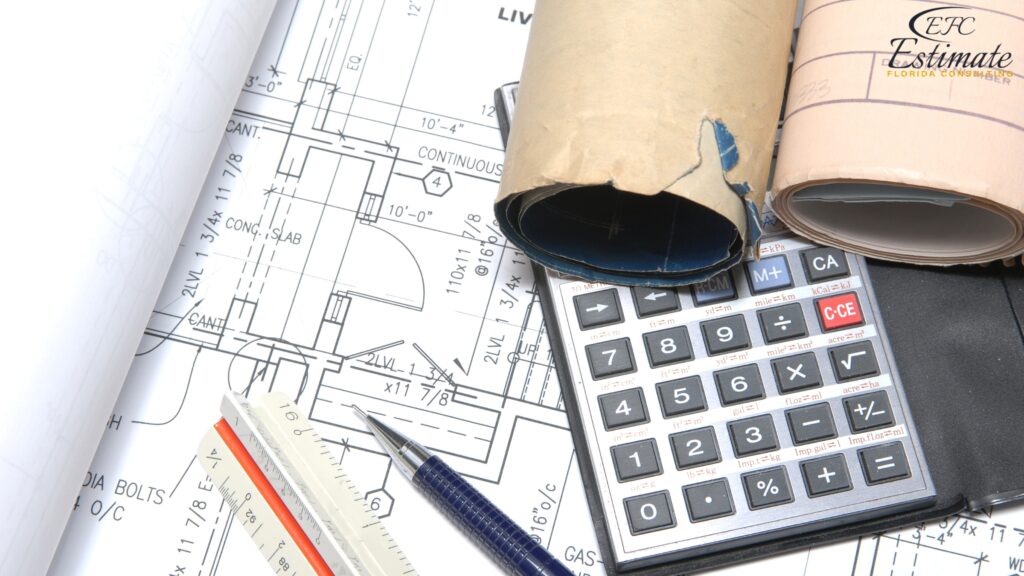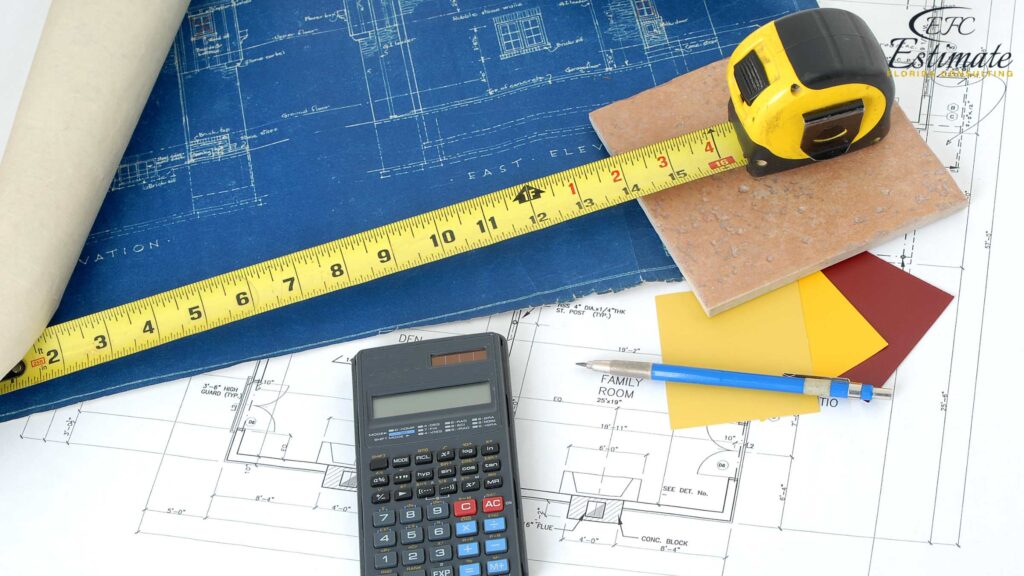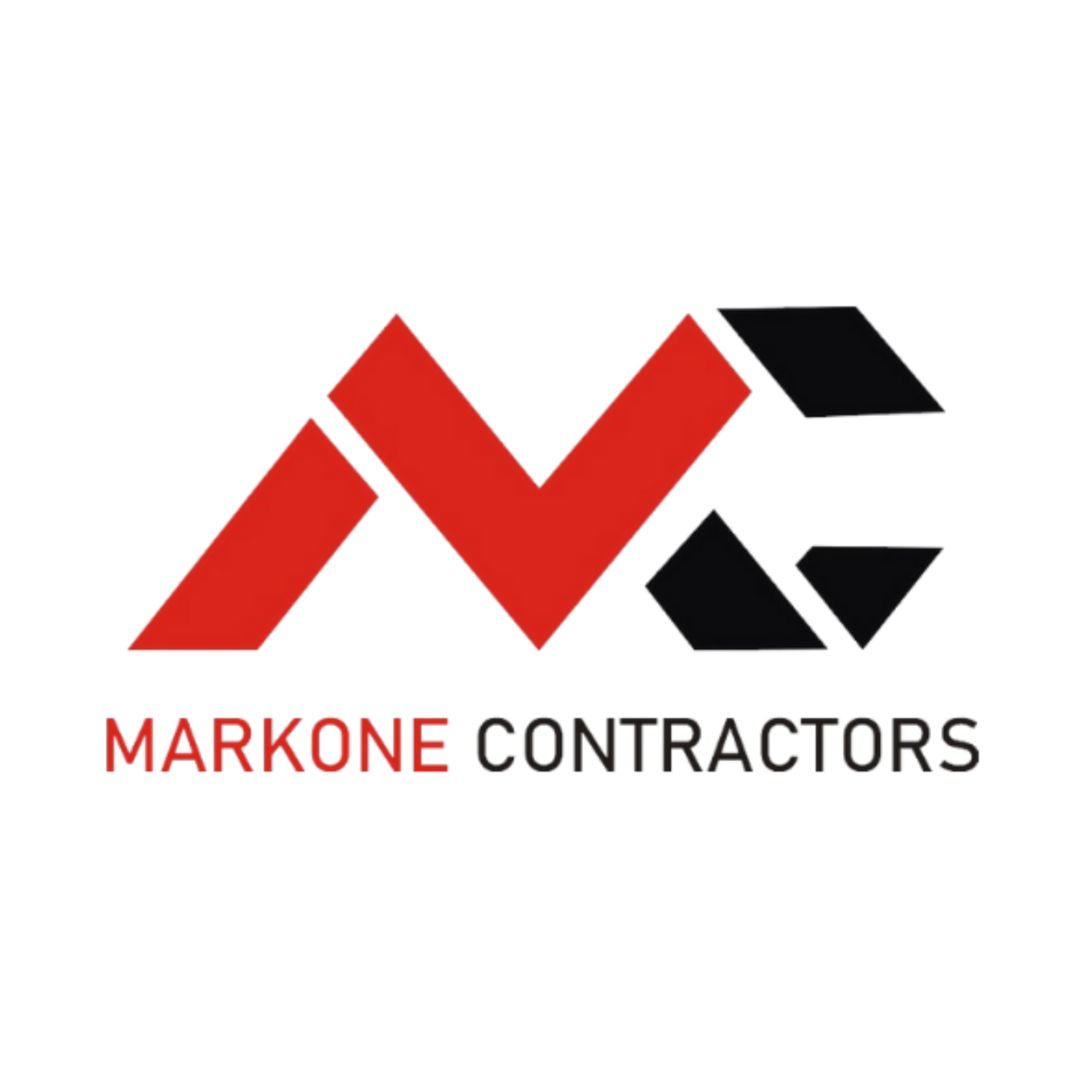Preliminary Estimate Services
Are you dealing with drawing plans that are only 30%, 60%, or 90% complete? Struggling to prepare accurate estimates with incomplete information? Need a quick preliminary estimate to see if a project fits within your client’s budget? Or perhaps you’re facing delays from suppliers in getting price quotes? We’re here to help. We specialize in providing fast and detailed preliminary estimates, including square footage costs, to assess the feasibility of your project and help you move forward confidently with your clients. With 15 years of experience in the AEC industry, covering commercial, residential, private, and public projects, Estimate Florida Consulting offers reliable and defensible preliminary estimates.

We base our estimates on assumptions drawn from past projects, delivering per square foot or square meter costs for both finished projects and superstructures. Utilizing professional estimating software, along with our extensive databases from RSMeans and Craftsmen, we ensure accuracy. Our location-based database and strong relationships with local vendors allow us to produce highly accurate bills of material, helping you keep your project on track.
What is a Preliminary Estimate and How Does It Help?
A preliminary estimate, also known as a conceptual estimate, is used to predict the cost of a construction project in its early stages, before detailed drawings and plans are developed. This estimate plays a crucial role in assessing the economic feasibility of a project. It helps contractors, real estate developers, home builders, and property owners make informed decisions about fund allocation, setting an initial budget, and comparing early design options.
Since preliminary cost estimates are created at the beginning of a project, often before any actual design or construction work begins, they rely heavily on historical data from past projects. These estimates are adjusted based on factors like time, location, and project size, and are prepared using established engineering concepts.
There are various types of preliminary cost estimates used at different stages of a project’s lifecycle. The accuracy of these estimates depends largely on the amount and quality of information provided by the client at the time.
Types of Preliminary Estimates
Rough Order of Magnitude (ROM) Estimate
The Rough Order of Magnitude (ROM) estimate is the earliest attempt to gauge the potential cost of a project, typically initiated during the conceptual phase. This estimate is crucial for evaluating whether a project is even worth pursuing, as it provides a very high-level overview based on limited information. The ROM estimate is often used by stakeholders to make initial decisions about the viability of a project, although it comes with a significant margin of error, usually ranging from -50% to +50%. Because it is based on minimal details, the ROM estimate is more about determining if a project is feasible within a broad cost range rather than providing an exact figure.
Ballpark Estimate
A ballpark estimate offers a more refined cost approximation, usually developed by contractors to provide their clients with a clearer understanding of the project’s scope and potential costs. This estimate is particularly useful when clients need to decide whether they can afford to move forward with the project based on early designs and specifications. The ballpark estimate is typically derived from preliminary drawings and general specifications, giving it a higher degree of accuracy compared to the ROM estimate, usually within about 20% of the final project cost. This type of estimate is instrumental in helping owners make informed decisions about whether to continue refining their project plans or seek alternative options.
Budget Estimate
As a project moves into the planning stage, the budget estimate becomes a critical tool for setting the financial framework. This estimate is more detailed than a ballpark estimate and is based on data from similar past projects as well as the project’s initial plans. The budget estimate breaks down costs associated with major components, including materials, labor, and other significant expenditures. This level of detail allows project stakeholders to establish a more realistic budget that reflects the project’s actual requirements.

The accuracy of a budget estimate is typically within the range of -10% to +25% of the final cost, making it a reliable guide for financial planning and resource allocation as the project progresses.
Definitive Estimate
The definitive estimate, also known as a detailed or digital cost estimate, is the most precise estimate in the project lifecycle. It is developed using fully fleshed-out project plans and specifications, providing a highly detailed, itemized list of all project components, including materials, labor, equipment, and any other associated costs. This estimate is used to finalize the budget and secure necessary funding, as its accuracy is significantly higher, typically within -5% to +15% of the final project cost. The definitive estimate not only helps in ensuring that the project stays within budget but also aids in minimizing financial risks by providing a comprehensive financial overview. This level of detail is crucial for project managers and stakeholders to make informed decisions as they move toward the execution phase.
How Our Preliminary Estimates Can Benefit You?
Our preliminary estimates are designed to provide you with a solid foundation for managing your project’s finances from the very beginning. Here’s how they can help:
Budget Management and Loan Acquisition
By offering a clear estimate of your project’s initial costs, our services make it easier to manage your budget effectively and secure the necessary financing. Whether you’re applying for a loan or planning to fund the project yourself, knowing the estimated costs upfront can give you the confidence to move forward.
Get Acquainted with Preliminary Estimate
Setting Cost Limits for Architects and Designers
Our estimates provide a financial framework that architects and designers can use to stay within your budget. This ensures that the project’s design phase remains aligned with your financial goals, helping to avoid costly revisions and keeping the project on track.
Understanding Material and Labor Costs
We give you an early understanding of the probable costs for materials and labor, allowing you to plan more effectively. This insight is crucial for making informed decisions about where to allocate resources and how to optimize spending throughout the project.
Planning the Next Phase
With a reliable preliminary estimate, you can confidently plan the next steps in your project. Whether it’s moving forward with detailed designs, securing permits, or preparing for construction, our estimates provide the financial clarity needed to proceed efficiently.
Allocating and Negotiating with Contractors and Subcontractors
Our estimates also serve as a valuable tool when negotiating with contractors and subcontractors. By having a clear idea of the project’s financial scope, you can negotiate more effectively, ensuring that you get the best value for your investment and that all parties are on the same page regarding costs.
Importance of Preliminary Estimate Services
Feasibility Analysis
Feasibility analysis is a critical function of preliminary estimate services, as it plays a pivotal role in determining whether a project is financially viable from the outset. By providing an early comparison between estimated costs and the project’s expected budget and potential revenue, preliminary estimates enable stakeholders to gauge the financial soundness of a project before any significant resources are committed. This is especially important in large-scale or complex projects where financial risk is high. A feasibility analysis helps identify potential financial challenges early on, such as high material costs, labor shortages, or regulatory expenses that could render the project unprofitable.

By illuminating these issues at an early stage, stakeholders can make informed decisions about whether to proceed, modify, or abandon a project.
Budget Planning
Preliminary estimates are invaluable tools for budget planning, as they provide an early snapshot of potential costs that serve as the foundation for creating a baseline budget. This initial budget outlines the financial framework of the project, setting realistic expectations for costs and guiding future financial planning. By detailing estimated expenses across various project components—such as materials, labor, equipment, and indirect costs—preliminary estimates help project owners and managers to allocate resources appropriately and identify funding needs. This early budget also serves as a crucial reference point when seeking financial backing from investors or financial institutions, as it demonstrates a well-thought-out approach to managing project finances.
Scope Definition
Preliminary estimates play a vital role in defining the project scope by identifying key cost drivers and potential areas of concern early in the planning process. This early insight is crucial because it allows stakeholders to make necessary adjustments to the project’s scope to align with budget constraints and financial goals. By highlighting the most significant cost components—such as expensive materials, complex design features, or specialized labor requirements—preliminary estimates provide a clear view of where resources will be concentrated. This clarity helps in setting priorities and making strategic decisions about which elements are essential and which can be scaled back or modified without compromising the project’s overall objectives.
Project Planning
In the realm of project planning, preliminary estimates serve as a crucial guide by providing an early framework for the project schedule, including major cost items and phases that will require careful monitoring. This early cost framework aids in the meticulous planning of resources, timelines, and the sequencing of construction activities, ensuring that the project proceeds in a structured and efficient manner. By identifying the key cost drivers and estimating when and where expenditures will occur, project planners can align financial resources with the construction timeline, ensuring that funding is available when needed. Preliminary estimates also help in identifying potential bottlenecks or phases that may pose scheduling challenges, such as delays in material procurement or extended time requirements for specialized labor.
How to Present a Preliminary Estimate to Your Prospective Clients?
When quoting a preliminary estimate to your prospective clients, it’s important to provide information that’s easy to understand and clearly outlines the project’s scope. Our preliminary cost estimates are based on the floor area, making it simple for both clients and architects to grasp the key details and use them effectively in planning.
Here’s what our bill of materials typically includes:
Total Project Area
We provide the total area of the project, measured in square feet or square meters, giving your clients a clear overview of the entire scope of work. This helps in visualizing the scale of the project and understanding the overall cost implications.
Linear Measurements of Structures
Our estimates also include the linear measurements of key structures, such as walls, measured in feet or meters. This detailed breakdown allows for a more precise understanding of the materials and labor required for each structural element.
Area of Individual Units
We specify the area of each unit within the project, such as rooms or floors, providing a granular view of how the space is divided. This helps clients and architects make informed decisions about space allocation and design, ensuring that the project meets their expectations and stays within budget.
What do you get in our preliminary estimate?
The estimate consists of the breakdown of quantities, and the following divisions are considered:
- Preliminaries
- Substructures (footings, foundations, etc.)
- Superstructures ( brickwork, walls, sidings, roofs, staircase, floors, doors, windows)
- External/Internal finishes (flooring, drywall, painting, etc.)
- Fittings
- Mechanical (HVAC systems, ductwork, etc.)
- Plumbing (pipes, drains, fixtures, etc.)
- Electrical (cable, conduit, lighting, etc.)
- Labor
- Man Hours
- Contingency
- Project Schedule
How Do We Prepare a Preliminary Estimate?
Our process for preparing a preliminary estimate is thorough and methodical, ensuring accuracy and reliability at every step.
- Initial Analysis: Our experienced estimators begin by thoroughly studying the project information to fully understand the scope and requirements. This step allows us to develop a tailored estimating plan that aligns with the specific needs of your project.
- Data Collection: We then gather data from similar past projects. This historical information provides a solid foundation for our estimates, allowing us to draw from real-world examples that closely match your project’s characteristics.
- Adjustments and Contingencies: We make careful adjustments to the data, taking into account factors such as the current time, project location, and size. These adjustments ensure that our estimates are relevant and reflective of the present-day market. We also apply a contingency to account for any unforeseen variables that might impact the project.
- Detailed Documentation: Finally, we document all specifications, adjustments, and assumptions in detail. This transparency ensures that you have a clear understanding of how the estimate was developed, providing you with confidence in the accuracy and comprehensiveness of the preliminary cost assessment.
What Factors Contribute to Accurate Preliminary Estimates?
Creating accurate preliminary estimates involves several key factors, each tailored to reflect the unique characteristics of your project. Here’s how we ensure precision in our estimates:
Historical Data and Adjustments
We begin by analyzing data from previous projects similar in scope and scale. However, because every project is unique, we make necessary assumptions and adjustments based on the specific time, location, type, and size of your project. This approach allows us to provide an estimate that is grounded in reality while tailored to your specific needs.
Time Adjustment
Since preliminary estimates are often prepared years in advance of actual construction, it’s crucial to adjust the projected costs to the expected start date of the project.

Location-Based Cost Variations
The cost of materials and labor can vary significantly depending on the project’s location. To account for this, we adjust the estimated costs using a location index that aligns the national average cost with the specific region or the nearest capital city where the project will take place. This adjustment ensures that the estimate reflects the local market conditions, which is critical for budgeting and planning.
We use a time index to account for inflation or deflation, considering factors such as changes in labor rates, material costs, and interest rates. This ensures that the estimate reflects the likely economic conditions at the time of construction, providing a more accurate financial forecast.
Type and Size of the Project
The nature and scale of the project play a significant role in determining costs. We apply a size factor that correlates the proposed building area with typical building sizes. This allows us to adjust the cost estimate based on the complexity and scope of your project, ensuring that the estimate accurately reflects the specific requirements of your construction.
Material Quality Consideration
The quality and type of materials used in construction, such as brick veneer, CMU (Concrete Masonry Unit), or framed structures, can significantly impact the overall cost. We carefully evaluate the materials specified for your project and incorporate their costs into the estimate, ensuring that all aspects of the construction are accounted for, down to the quality of the basic materials.
Download Template For Preliminary Estimate Project Breakdown
- Materials list updated to the zip code
- Fast delivery
- Data base of general contractors and sub-contractors
- Local estimators

Benefits of Preliminary Estimates
You might be wondering why clients need this initial estimate from the contractor? The following are the major reasons:
- To get a rough idea about the total construction cost
- Get beforehand information regarding the major material required
- Helps in quick planning and initial execution of the project
- Helps in managing the project budget and costs
- Allows the clients to choose the best contractor
Contractors normally give the unit cost (like cost per square foot) to the client and it can be multiplied by the whole footprint of building to compute the preliminary estimate. For multi-story buildings, the cost per floor is multiplied by the total number of floors.
Conclusion
Preliminary estimates are an essential tool in the early stages of any construction project, providing a foundational understanding of potential costs and guiding crucial decisions. Whether you’re dealing with incomplete drawing plans or need a quick estimate to assess project feasibility, our team at Estimate Florida Consulting is here to support you with fast, detailed, and accurate preliminary estimates. With over 15 years of experience in the AEC industry, we deliver reliable estimates that help you manage budgets, secure funding, and move forward with confidence. Our tailored approach ensures that your project remains on track, from initial concept to final execution.
FAQs
Preliminary Estimate Services provide an early assessment of project costs, even when detailed plans are incomplete. These estimates help evaluate whether a project fits within a client’s budget and are crucial for making informed decisions about moving forward. At Estimate Florida Consulting, we offer quick and detailed preliminary estimates, including square footage costs, to help assess the feasibility of your project.
With over 15 years of experience in the AEC industry, Estimate Florida Consulting uses professional estimating software and extensive databases from RSMeans and Craftsmen. We base our estimates on historical data from past projects, adjusted for time, location, and project specifics. Our strong relationships with local vendors further enhance the accuracy of our bills of material.
A Preliminary Estimate, or conceptual estimate, is an early prediction of a project’s cost before detailed plans are available. It helps in assessing the economic feasibility, setting initial budgets, and making decisions about fund allocation. This estimate is crucial for contractors, developers, and property owners to compare design alternatives and plan their projects effectively.
- Rough Order of Magnitude (ROM) Estimate: The earliest estimate, with an accuracy range of -50% to +50%, used to gauge feasibility.
- Ballpark Estimate: More refined, based on preliminary drawings, with an accuracy within 20% of the final cost.
- Budget Estimate: Prepared during the planning stage, with detailed costs and an accuracy range of -10% to +25%.
- Definitive Estimate: The most precise, based on fully developed plans, with an accuracy of -5% to +15%.
Preliminary estimates provide a solid foundation for managing project finances, helping with budget management, loan acquisition, setting cost limits for design, understanding material and labor costs, planning the next phase, and negotiating with contractors and subcontractors. These estimates ensure that projects stay on track financially from the outset.
Our preliminary estimates are based on floor area, making it easy for clients and architects to understand. The bill of materials includes total project area, linear measurements of structures, and the area of individual units, providing a clear overview of the project’s scope and costs.
Accurate preliminary estimates consider historical data, time adjustments for inflation or deflation, location-based cost variations, the type and size of the project, and the quality of materials used. These factors are carefully adjusted to reflect the specific conditions of your project.
Preliminary estimates provide an early understanding of the total construction cost, major material requirements, and help with quick project planning, budget management, and contractor selection. These estimates give clients and contractors a clear financial picture, enabling more informed decision-making.
Google Reviews



Process To Get Commercial Painting Estimate Report
Here I am going to share some steps to get commercial painting estimate report.
-
You need to send your plan to us.
You can send us your plan on info@estimatorflorida.com
-
You receive a quote for your project.
Before starting your project, we send you a quote for your service. That quote will have detailed information about your project. Here you will get information about the size, difficulty, complexity and bid date when determining pricing.
-
Get Estimate Report
Our team will takeoff and estimate your project. When we deliver you’ll receive a PDF and an Excel file of your estimate. We can also offer construction lead generation services for the jobs you’d like to pursue further.

